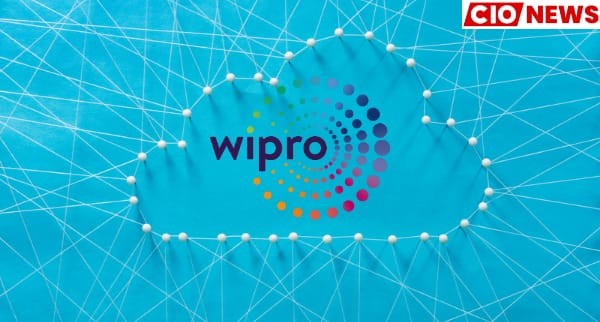The Indian IT services giant is speeding up its move to S/4HANA as it prepares to move workloads to the cloud.
Indian IT services giant Wipro plans to upgrade its core SAP ERP system to S/4HANA and switch workloads to Google Cloud Platform.
It’s part of Wipro’s internal transformation program, Project Quantum, through which the company wants to bring simplicity, velocity and visibility to the way it works, said Wipro president and COO Bhanumurthy B.M.
“We are upgrading our entire ERP systems to suit our new business requirements and migrating them to Google Cloud,” he said. “It’s a big part of our roadmap.”
The move will be a demonstration of Wipro’s SAP cloud transformation capabilities to potential clients and a crucial step in transformation the internal systems that serve its 180,000 employees.
David McIntire, research director at analyst firm NelsonHall, said it will allow Wipro to say to potential customers, ‘’We’ve done this ourselves; we know where the big rocks are buried,” and to develop reusable assets in a relatively low-risk environment: “You’re never going to have a friendlier client than yourself.”
For Google, it’s a valuable customer win in the SAP hosting marketplace as it battles the much greater market share of Amazon Web Services in the cloud and the entrenched status of Microsoft’s Azure as SAP ‘s preferred cloud partner.
A partnership in the cloud
In recent years, Wipro and Google have developed their SAP S/4HANA capabilities.
Rob Enslin, Google Cloud ‘s global customer operations president since April 2019, has spent 27 years at SAP, most recently as president of the Cloud Business group.
Google has already moved on-premises S/4HANA environments into its cloud for a number of customers. A simple lift-and-shift can be done in as little as six weeks, Enslin said, although it may take up to four months.
“We do this with Wipro, we do it very securely, very fast,” he said.
Bhanumurthy said Wipro has developed tools to help their joint customers simplify the migration of workloads to Google Cloud.
“We have built toolsets that customers can leverage to take their SAP workloads to Google Cloud,” he said. “This is not just about a technical migration of the product from location A to location B. It has to focus on business first, and it has to be design led. We will help the customer reimagine their processes first.”
Proof of the pudding
“The first proof of the pudding is our own internal use of the frameworks that we have built already here,” Bhanumurthy said.
That internal path to S/4HANA, though, has been a slow one for Wipro. It’s still talking about its upgrade plans, but it was back in December 2015 that SAP first announced Wipro’s intention to migrate. At that time, SAP said its Global Service and Support organization would work with Wipro on the implementation, then expected to go live in early 2016.
Indian newspaper The Economic Times reported in March 2020 that Wipro had missed an August 2019 internal deadline to roll out Project Quantum, and now expected it to go live later in the year. The newspaper had previously reported the January resignation of a Wipro vice president who was heading up internal transformation.
For Bhanumurthy, Project Quantum is a continually moving target.
While some modules and processes have already gone live, “The service industry is changing dramatically, and consequently we need to keep upgrading our systems and we need to keep changing our systems. Obviously, there are timelines that we have for delivering individual pieces, but this is going to be a journey,” he said.
Making the business case
Other large enterprises have been dragging their heels over the move to S/4HANA too, said NelsonHall’s McIntire.
The large support window for its predecessors, SAP ERP 6.0 and Business Suite 7 – recently expanded by two years – has left organizations with no sense of urgency to upgrade.
“The business case has always been one of the challenges for adoption of S/4HANA. Cloud obviously helps that business case with significant infrastructure reduction,” McIntire said.
Large businesses have taken a multi-phase approach, first migrating their core ERP data to HANA, SAP’s in-memory database, and only then considering switching to a more modern S/4HANA application suite.
“Data migration is consistently the hardest challenge of S/4HANA adoption,” said McIntire
The Way Ahead
Wipro has big plans for the S/4HANA installation. When it has its core workloads up and running on Google Cloud, it will begin to ingest all data into BigQuery, Google’s cloud data warehouse, and generate insights for its employees.
“For the business, that’s a very important element that we need to do; that’s the next step that’s going to happen,” said Bhanumurthy.






